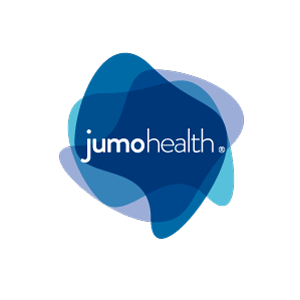Muscles are supplied with oxygen at 3 times the amount when active as compared to at rest. Other ways in which muscles are supplied with oxygen include:
- Blood flow from the heart is increased
- Blood flow to your muscles in increased
- Blood flow from nonessential organs is transported to working muscles
These are only some of the many ways in which muscles are supplied with oxygen during exercise.
Muscles will stop working without oxygen, especially if you are going to be exercising for more than a couple of minutes. How much oxygen your muscles utilize depends on two processes: first, getting the blood to the muscles; second, extracting oxygen from the blood into the muscle tissue.
When muscles are working, they take oxygen out of blood three times as well as when muscles are at rest.
The body can increase the flow of oxygen-rich blood to working muscle in several ways:
- local blood flow to the working muscle is increased
- blood flow from nonessential organs is diverted to the working muscle
- blood flow from the heart is increased (cardiac output)
- rate and depth of breathing increases
- oxygen is unloaded faster from hemoglobin in working muscle
These five mechanisms will increase the blood flow to your working muscle by nearly five times. So when the muscle is working during exercise, the amount of oxygen the muscle utilizes can be increased by almost 15 times.
Red blood cells carry the oxygen that muscles and other cells need during exercise. The more exercise people do, the more oxygen their cells need, so their blood has to deliver more oxygen to the cells. When people are active, their heart works hard pumping blood and oxygen all around their body. The more active people are, the stronger their heart becomes, and the more oxygen gets to their cells.
Continue Learning about Healthy Bones, Joints & Muscles
Important: This content reflects information from various individuals and organizations and may offer alternative or opposing points of view. It should not be used for medical advice, diagnosis or treatment. As always, you should consult with your healthcare provider about your specific health needs.








